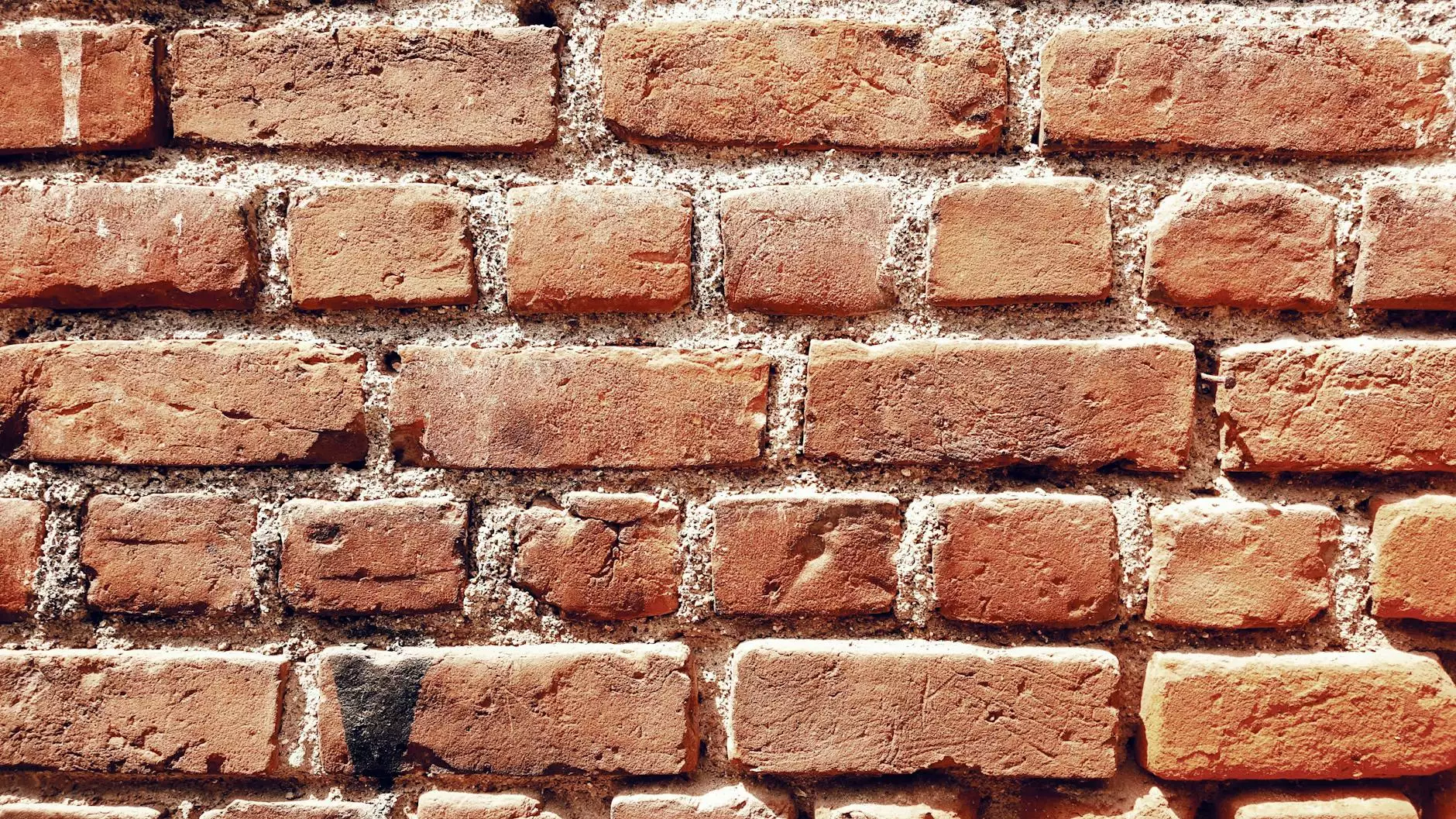Slab Foundation | Concrete Pad - ACCG, Inc.
Concrete Resurfacing
What is a Slab Foundation?
A slab foundation, also known as a concrete pad or slab-on-grade foundation, is a type of foundation commonly used in residential and commercial buildings. It is a flat, horizontal concrete structure that provides a solid base for the construction of a building.
Construction of a Slab Foundation
The construction process of a slab foundation involves several steps:
- Excavation: The area where the slab will be poured is excavated, removing any existing vegetation, debris, and topsoil.
- Grading and Leveling: The surface is carefully leveled, ensuring proper drainage and preventing water accumulation.
- Formwork: Wooden or metal forms are set up to define the shape and dimensions of the slab.
- Reinforcement: Steel reinforcement bars, often referred to as rebar, are placed within the formwork to enhance the strength and durability of the slab.
- Pouring and Curing: Concrete is poured into the formwork, evenly spreading it throughout the designated area. The concrete is then left to cure and harden over time.
- Finishing: Once the concrete has cured, the slab's surface is finished, which may involve adding texture or applying coatings for aesthetic purposes.
Advantages of Slab Foundations
Slab foundations offer several benefits:
- Cost-Effective: Slab foundations tend to be more cost-effective compared to other types of foundations, such as basements or crawl spaces.
- Accessibility: A slab foundation eliminates the need for stairs or ramps, providing easy accessibility for individuals of all ages and physical abilities.
- Energy Efficiency: Slab foundations can help improve energy efficiency as they reduce air leakage and heat loss, which can result in lower heating and cooling costs.
- Resistance to Moisture: Slab foundations are less susceptible to moisture-related issues, such as water infiltration and mold growth, compared to other types of foundations.
- Space-Saving: Slab foundations do not require additional space, making them ideal for properties with limited land area.
Disadvantages of Slab Foundations
While slab foundations offer various advantages, they also have some drawbacks:
- Limited Structural Design Options: Slab foundations limit the architectural design options compared to structures with basements or crawl spaces.
- Difficulty in Plumbing and Electrical Repairs: Any repairs or modifications to plumbing or electrical systems may require cutting through the slab, which can be costly and time-consuming.
- Insulation Challenges: Slab foundations often require careful insulation planning to prevent heat transfer through the concrete slab.
- Potential for Cracking: Slab foundations may be prone to cracking due to soil settlement, temperature fluctuations, or poor construction practices. Proper soil preparation and reinforcement can minimize this risk.
Choosing the Right Foundation
When considering a slab foundation, it is essential to evaluate various factors such as local climate, soil conditions, budget, and building requirements. Consulting with a professional contractor, like ACCG, Inc., can provide valuable insights and help determine the most suitable foundation type for your specific project.
Trust ACCG, Inc. for Your Concrete Foundation Needs
ACCG, Inc. is a leading provider of high-quality concrete foundation solutions in Miami Beach. With years of experience in the industry, our expert team ensures precise and reliable foundation installations, including slab foundations and concrete pads.
By entrusting your project to ACCG, Inc., you can rest assured knowing that your foundation will be built with professional craftsmanship, attention to detail, and adherence to industry standards. Contact us today for a consultation or to learn more about our services!




